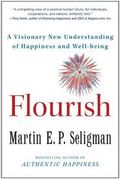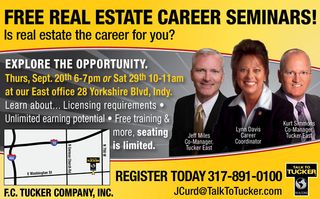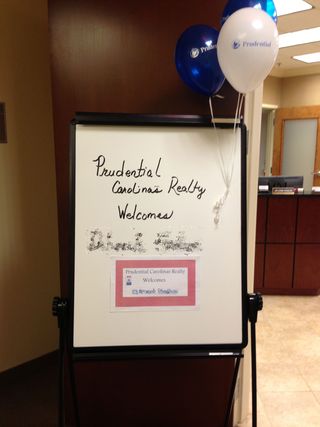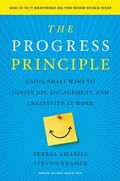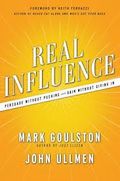If you’re a Tidemark client, you’ve heard Dave Mashburn frequently talk about workers “languishing” in the their jobs. His observations have produced one of the maxims we use to source candidates for our clients:
The individuals most likely to consider career change are those who are languishing in their current jobs.
This observation is based upon research conducted by the Gallup Organization. The initial study (conducted in 2000) painted a depressing picture of life in the American workforce. Unfortunately, things are not getting much better. The Silicon Valley Mercury News recently reported,
“Seven out of 10 workers have ‘checked out’ at work or are ‘actively disengaged,’ according to a recent Gallup survey.
In its ongoing survey of the American workplace, Gallup found that only 30 percent of workers ‘were engaged, or involved in, enthusiastic about, and committed to their workplace.’ Although that equals the high in engagement since Gallup began studying the issue in 2000, it is overshadowed by the number of workers who aren't committed to performing at a high level….
The poll, released last week, examined worker engagement beginning in 2010 and ending in 2012. The previous poll period covered 2008 through 2010.
The survey classifies three types of employees among the 100 million people in America who hold full-time jobs. The first is actively engaged, which represents about 30 million workers. The second type of worker is "not engaged," which accounts for 50 million. These employees are going through the motions at work.
The third type, labeled "actively disengaged," hates going to work. These workers -- about 20 million -- undermine their companies with their attitude, according to the report.
The general consciousness about the importance of employee engagement seems to have increased in the past decade, but there is a gap between knowing about engagement and doing something about it in most American workplaces…
The level of employee engagement over the past decade has been largely stagnant, according to researchers.”
How can a hiring manager use this information to be more successful at recruiting?
First, recognize that almost all of the candidates you interview or otherwise engage in the hiring process are languishing in their current careers.
Secondly, use this information wisely. We have written frequently in previous WorkPuzzles about every person’s need to be “heard” before he/she will be able to “hear” (i.e.. accept and internalize information) about any solutions you may offer.
Of course, you can talk about a number of topics during an interview (work history, career goals, strengths/weaknesses, etc.), but the one you’ll get the most mileage from is languishing.
If you’re able to quickly steer a recruiting conversation to what’s going wrong in their current career (this typically take 20 to 30 minutes during an interview), you’ll earn the right to thoughtfully craft a solution that is tailored to their unique needs.
A final thing to consider as you contemplate the role of languishing in the hiring process:
Some of the most talented and desirable people you could ever hope to hire are currently languishing in their careers.
The Gallup researchers went on to report:
“… different age groups and those with higher education levels reported more discontent with their workplace. Millennials…, for instance, are more likely to be 'actively disengaged' than other age groups. Employees with college degrees are also more likely to be running on auto pilot at work.”
This research is a goldmine for the real estate industry. Most real estate companies know they must hire young, educated new agents to replace their aging workforces who will retire over the next decade.
The top end of the Millennial generation will turn 31 years old this year. Don’t miss the opportunity to engage and hire these individuals. An understanding of languishing is a key building block to making that happen.
Join the WorkPuzzle Discussion at the Tidemark Online Community (TMOC)
Engage in the WorkPuzzle discussion by joining the TMOC private social network. Commenting on a public blog like WorkPuzzle can be a little intimidating, so why not join the discussion inside the privacy of the TMOC discussion group?
By joining TMOC, you'll get to see who else is in the group and your comments will only be seen by those whom you trust. Joining TMOC is quick, easy, and free (no kidding…this takes less than 2 minutes). To get started, click here.
Already of a member of TMOC? If so, join the WorkPuzzle Dialog Group by clicking on the WorkPuzzle Group icon on the left side of your TMOC homepage. Questions? Email the WorkPuzzle editor (workpuzzle@hiringcenter.net) and we'll walk through the process.
 Editor's Note: This article was written by Ben Hess. Ben is the Founding Partner and Managing Director of Tidemark, Inc. and a regular contributor to WorkPuzzle.
Editor's Note: This article was written by Ben Hess. Ben is the Founding Partner and Managing Director of Tidemark, Inc. and a regular contributor to WorkPuzzle.







